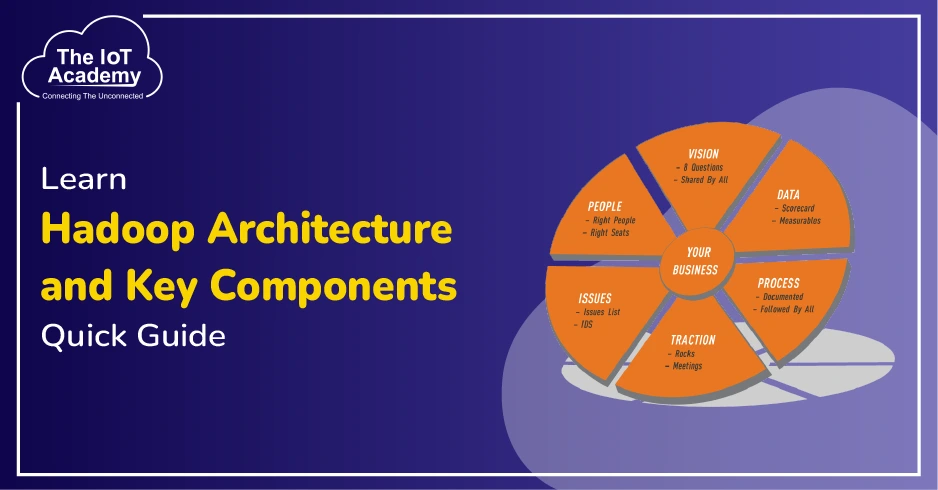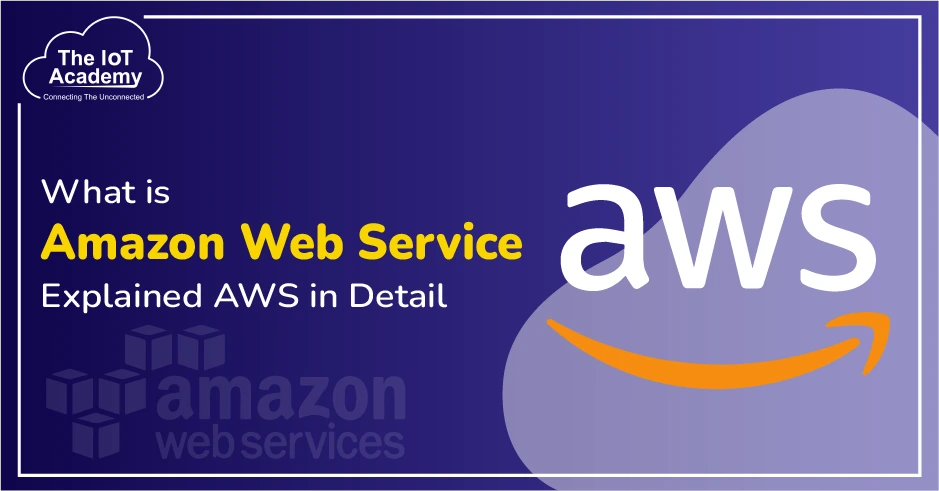Desktop virtualization in cloud computing changes how organizations manage IT by shifting from physical desktops to cloud-hosted virtual machines. This enhances flexibility and efficiency, letting users access their desktops and apps securely from anywhere. It also reduces costs and includes various types like VDI, DaaS, and Application Virtualization, tailored to different needs. As well as this approach boosts productivity and strengthens data security by centralizing management and reducing local storage risks.
What is Desktop Virtualization in Cloud Computing?
The management of desktops is changed by desktop virtualization in cloud computing. It moves desktops from physical computers to virtual machines in a central location. Users can then access their desktops and apps from anywhere using the internet. This makes management easier, cuts hardware costs, and boosts security. There are different types, like VDI, RDS, and Application Virtualization, each with its advantages. Embracing this technology helps businesses use IT better, work more productively, and adjust to modern work setups easily.
Why Desktop Virtualization is Important?
It is important because it makes managing computers easier and safer. It lets organizations control all desktops from one place, keeping data secure on servers. Employees can work from anywhere using their desktops, which boosts productivity and keeps business going smoothly. It's easy to add or remove desktops as needed without buying lots of new hardware. This saves money on IT and makes it simpler to update software and keep everything running smoothly. Overall, desktop virtualization helps businesses work smarter and save costs in today's fast-changing world.
Types of Desktop Virtualization in Cloud Computing
Virtualization in cloud computing offers several types, each catering to different needs and scenarios:
- Virtual Desktop Infrastructure (VDI): It puts desktops on a central server. Users access them from anywhere using thin clients or devices, like a remote control. It is also flexible, and scalable, and makes desktop management easy.
- Desktop-as-a-Service (DaaS): Gives virtual desktops as a cloud service. Unlike VDI, where organizations handle the setup, DaaS providers do it, including maintenance. Users access their virtual desktops online, making it easy to grow and lowering IT costs.
- Remote Desktop Services (RDS): RDS lets many users use a shared desktop from far away. It works on a Windows Server and lets users run apps and desktops from one place. It is also good for organizations that need to support lots of users with the same desktop setup.
- Application Virtualization: In desktop virtualization, this type virtualizes single applications, not whole desktops. Apps run in separate places on servers and are given to users when needed. It helps apps work well together, makes managing them easier, and reduces conflicts.
- Session Virtualization: Session virtualization, also called terminal services, lets many users use separate sessions on one server at the same time. Each user works on their session alone, sharing resources like power and memory. It's good for tasks needing little customization per user.
In short, each type of virtualization has its benefits based on needs like size, how hard it is to manage, how much users can change things, and how much it costs. This makes them good for different business needs in cloud computing.
How Does Desktop Virtualization Work?
Desktop virtualization separates your computer's physical setup from how you access it. It uses special software to create virtual copies of desktops that run on a central server or cloud. You can then access these virtual desktops from anywhere using devices like laptops or tablets. This flexibility lets you work from any location with an internet connection. It also boosts security by storing and managing data centrally, lowering risks like data loss. Desktop virtualization makes IT easier to manage, scales well, and ensures a uniform experience on various devices and places.
Benefits of Virtualization in Cloud Computing
Desktop virtualization in cloud computing offers several significant benefits that enhance flexibility, efficiency, and security in various organizational settings. Here are some key advantages:
- Flexibility: Users can access their desktop environment from anywhere, using any device with internet connectivity.
- Cost Efficiency: Centralized management reduces hardware costs and simplifies maintenance.
- Enhanced Security: Data is stored centrally, reducing the risk of data loss or breaches from individual devices.
- Scalability: Easily scale up or down based on organizational needs without significant hardware changes.
- Improved Management: IT departments can manage desktops more efficiently, including updates and troubleshooting.
- Consistent User Experience: Users experience the same desktop environment regardless of their device.
- Disaster Recovery: Easier backup and recovery of desktop environments in case of system failures or disasters.
Drawback of Virtualization in Cloud Computing
While desktop virtualization in cloud computing offers numerous benefits, there are also several drawbacks and challenges that organizations should consider:
- Initial Setup Costs: Setting up virtual desktops requires a lot of money upfront for hardware, software licenses, and possibly consultants.
- Network Dependency: Virtual desktop performance relies heavily on good internet. Slow connections can delay work.
- Complex Management: It takes specialized skills to manage virtual desktops in the cloud. IT teams must handle provisioning, monitoring, and troubleshooting across different locations.
- Vendor Lock-in: Choosing a specific cloud provider or platform can make it hard to switch later due to compatibility issues and data transfer problems.
- Data Security Concerns: Storing sensitive data in the cloud raises worries about security breaches and meeting legal rules.
- Performance Issues: Virtual desktops may not run as fast as regular ones, which can frustrate users, especially for tasks needing lots of computing power.
- Internet Reliability: If the internet goes down, users can't access their virtual desktops, causing disruptions in work.
Also Read: Cloud Computing Architecture – Components and Benefits
Conclusion
In conclusion, desktop virtualization in cloud computing has revolutionized IT management by centralizing desktops into virtual environments accessible anywhere. This approach boosts flexibility, reduces costs, and enhances security. Each type offers unique benefits such as easier management and better user experiences. Despite benefits, challenges like setup costs and data security require careful handling. It empowers modern workplaces to work efficiently, adapt to changes, and protect data in today's interconnected environment.
Frequently Asked Questions (FAQs)
Ans. Desktop virtualization clients come in three types: thin clients use server resources, making them lightweight; thick clients have more local power but connect to virtual desktops, and remote clients access desktops remotely for flexibility.
Ans. In cloud computing, server virtualization splits one physical server into multiple virtual servers. However, each runs its own OS and apps independently. This saves hardware, allows easy growth, and offers flexibility in deploying and managing cloud applications.







